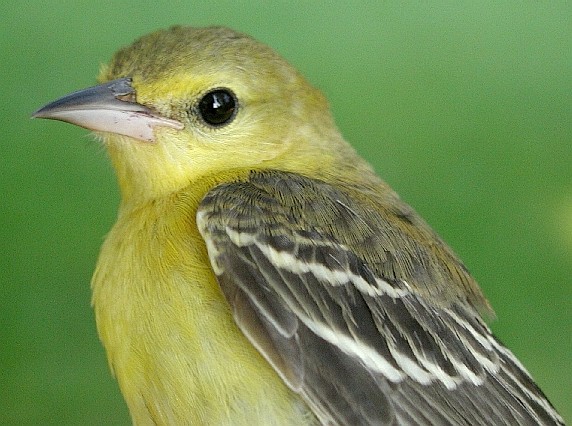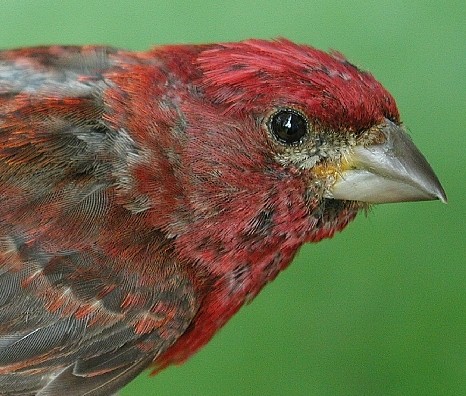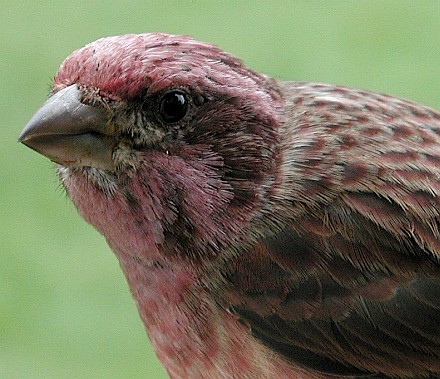 |
Pictorial Highlights August 1-14 |
 |
Pictorial Highlights August 1-14 |
In an effort to restore nesting tern populations along the coast of Maine to what they once were, the U.S. Fish and Wildlife Service acquired islands with suitable nesting habitat (forming the Maine Coastal Islnads National Wildlife Refuge), made efforts to attract terns to them at the onset of the breeding season, and then continued to maintain tern colonies through directed research and conservation management practices. I spent the summer supervising a small field crew on Metinic Island, where the research focus was geared not only toward monitoring populations of three species of terns (Common, Roseate, and Arctic), but also species like Common Eider and Black Guillemot, which have additionally benefited from the restoration efforts on behalf terns.Historical use of feathers as part of the millinery trade (for use in fashion) at the turn of the 20th century, as well as rapid human population expansion in the last fifty years along the eastern seaboard, together have caused serious declines to nesting seabirds along the Maine coast, bringing many populations to the brink of extinction. The passing of the Migratory Bird Treaty Act in 1918 protected these birds from the direct threat of hunting for the millinery industry, but ongoing human population expansion carries with it a number of other indirect threats. For example, the spread of landfills and other artificial food resources has caused populations of Herring and Greater Black-backed Gulls to explode. These are much larger, more agressive seabirds that encroach upon and easily outcompete terns for nesting sites, and which also negatively impact terns by preying heavily on their eggs and young.
Ongoing research being conducted on islands in the Gulf of Maine has led to successful management strategies for benefiting terns and discouraging gulls and other predators, all in an effort to restore the distribution and numbers of breeding terns to historical levels.
For more information on tern restoration efforts in the Gulf of Maine, or to find out ways you can help, please visit Maine Coastal Islands NWR or Friends of Maine Seabird Islands. (Note: you will have to use your browser back button to return to this page from the above links.)
>Click here to see Adrienne's Maine 2005 Summer Seabird Slideshow<

.
"Adult nuptial plumage acquired by wear produces a plumage largely bright rosy carmine...
There is no pigmentary change...the whitish barbules of the reddish feathers of the winter dress, especially of the head and throat, have worn away, leaving the resistant carmine barbs bare and glistening...Wear is considerable by the end of the breeding season and loss of edgings helps intensify the reddish tints."


With so many highlights, we continued those from week two on the next page. Click Here for page 2
Last Updated on 08/30/05
By Adrienne J. Leppold